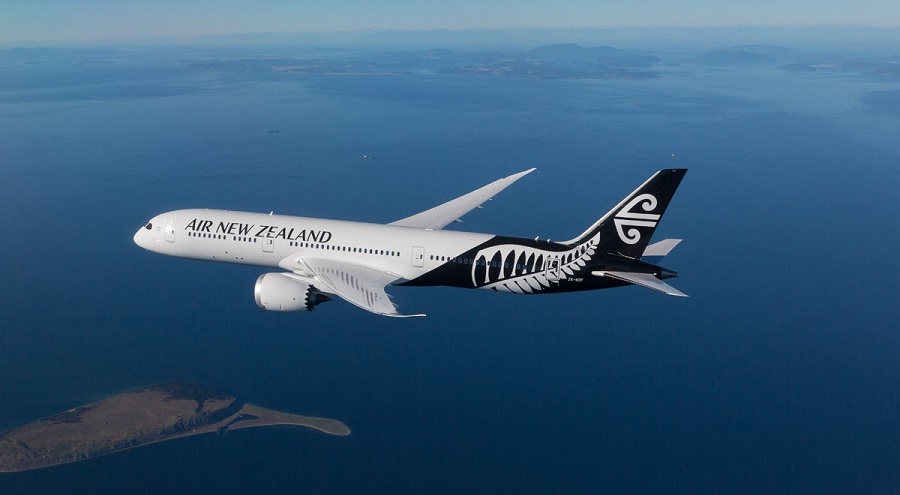
First, here’s the science. The higher the temperature, the less dense the air becomes and the less lift a plane gets hence a longer takeoff run is required to get the plane airborne.
There are also other factors to take into consideration, such as where the airport is situated – especially its height above sea level – and more HR-ish considerations such as the working conditions of those at the airport.
But the long and short of the situation in Phoenix was that smaller planes operated by an American Airlines partner airline have a top operating temperature at Phoenix of 47.8C and the mercury reached 48.9C. The company’s bigger jets have higher operating temperatures, but by then the damage was done because of the original cancellations and American’s decision to give passengers on all planes the option of changing flights from the hottest period of the day.
The temperatures in Phoenix caused headaches on the ground and headlines around the world because these cancellations due to excess heat could become a genuine consideration for airlines as global warming begins to bite.
Paul D. Williams, a professor in the Department of Meteorology at the University of Reading in Britain who studies climate change and its effect on aviation, told the New York Times it couldn’t be ignored. “We tend to ignore the atmosphere and just think that the plane is flying through empty space, but of course, it’s not,” he said. “Airplanes do not fly through a vacuum. The atmosphere is being modified by climate change.”
So what are the options?
1. Change the plane #1: More fuel-efficient engines and more aerodynamic planes will go a long way to keep passengers in the air, but this becomes an ongoing arms race between designers and the warming atmosphere.
2. Change the plane #2: Designing planes that are less harmful to the environment might help in the prevention of global warming reaching a point of no return. Or it might not. Either way, even though air travel currently accounts for 2% of human-made emissions each year, cutting that figure isn’t going to solve the issue on its own.
3. Change the airports: Airports at high altitudes already have to contend with thinner air and will be hit harder by rising temperatures – equally, airports without the ability to extend runways to cope with the longer take-off runs necessary for planes to get airborne in high temperatures will have limited capacity as temperatures rise.
4. Change the staffing: It isn’t just the planes that suffer in extreme heat – workers who service, load and unload planes will demand different configurations for airports if they work in extreme temperatures.
5. Change the payloads: Hot summer days already see some airlines in parts of the world have to remove cargo or passengers so planes can take off with less lift. Bumping passengers has had poor press recently and airlines aren’t going to enjoy having another reason to have to do it.
6. Change the timetable: When all else fails, the last consideration might well be to allow planes to take off only at cooler times of the day. In busy airports, say, in the Middle East a no-fly window of a few hours in the middle of the day isn’t going to help airlines bottom lines, passenger connection times, or, if profits are affected, ticket prices.

